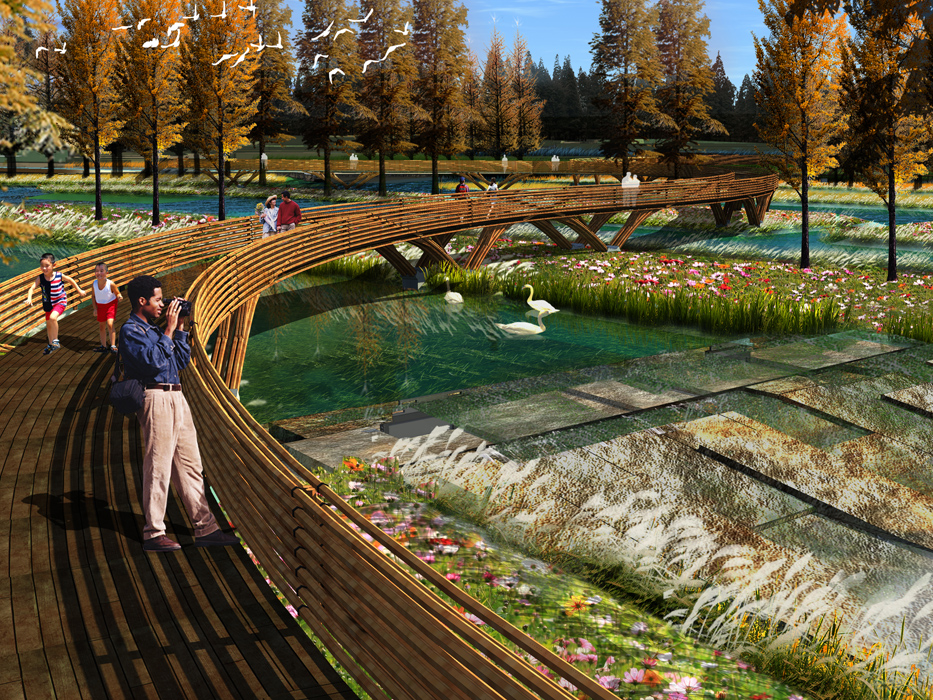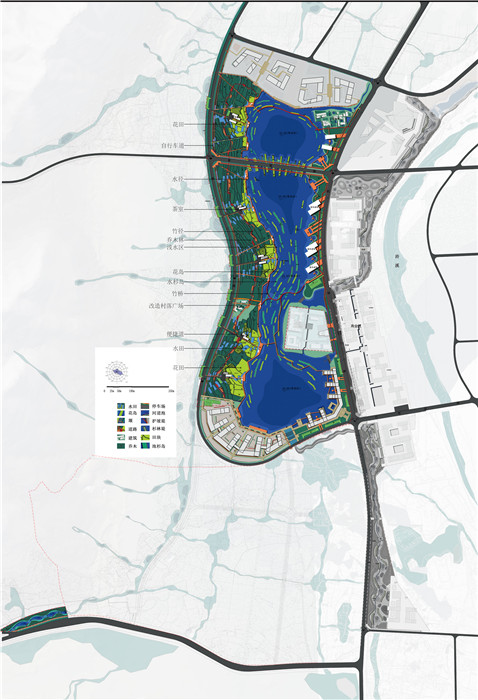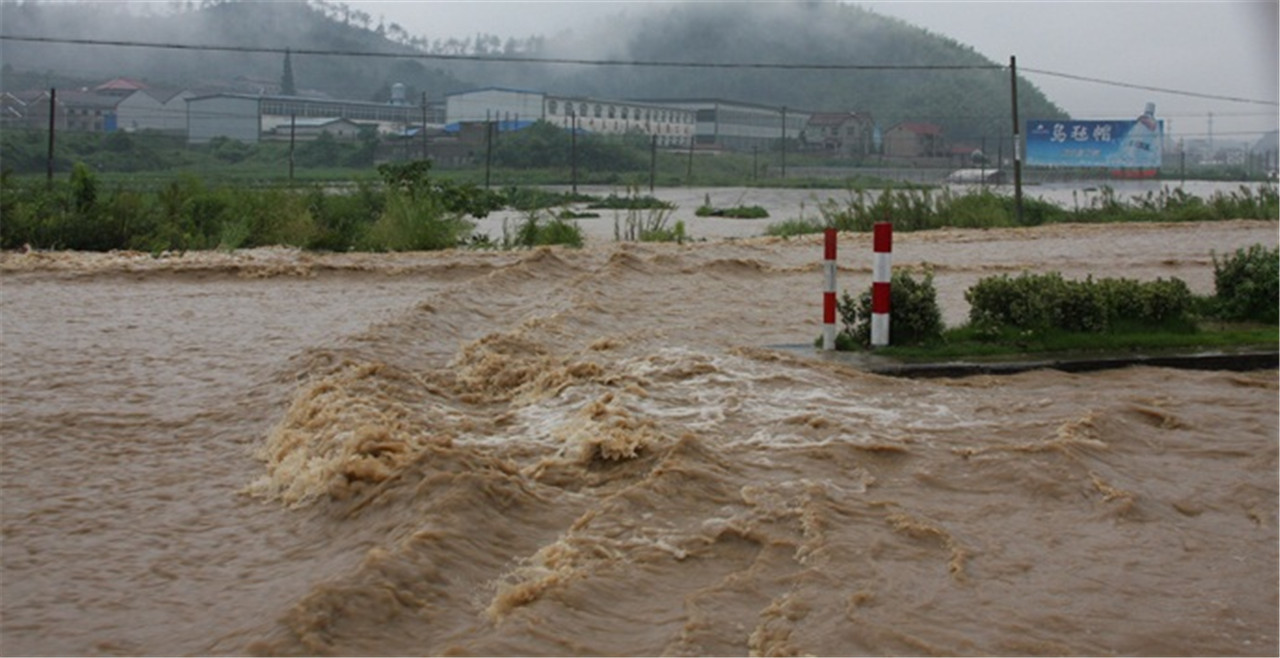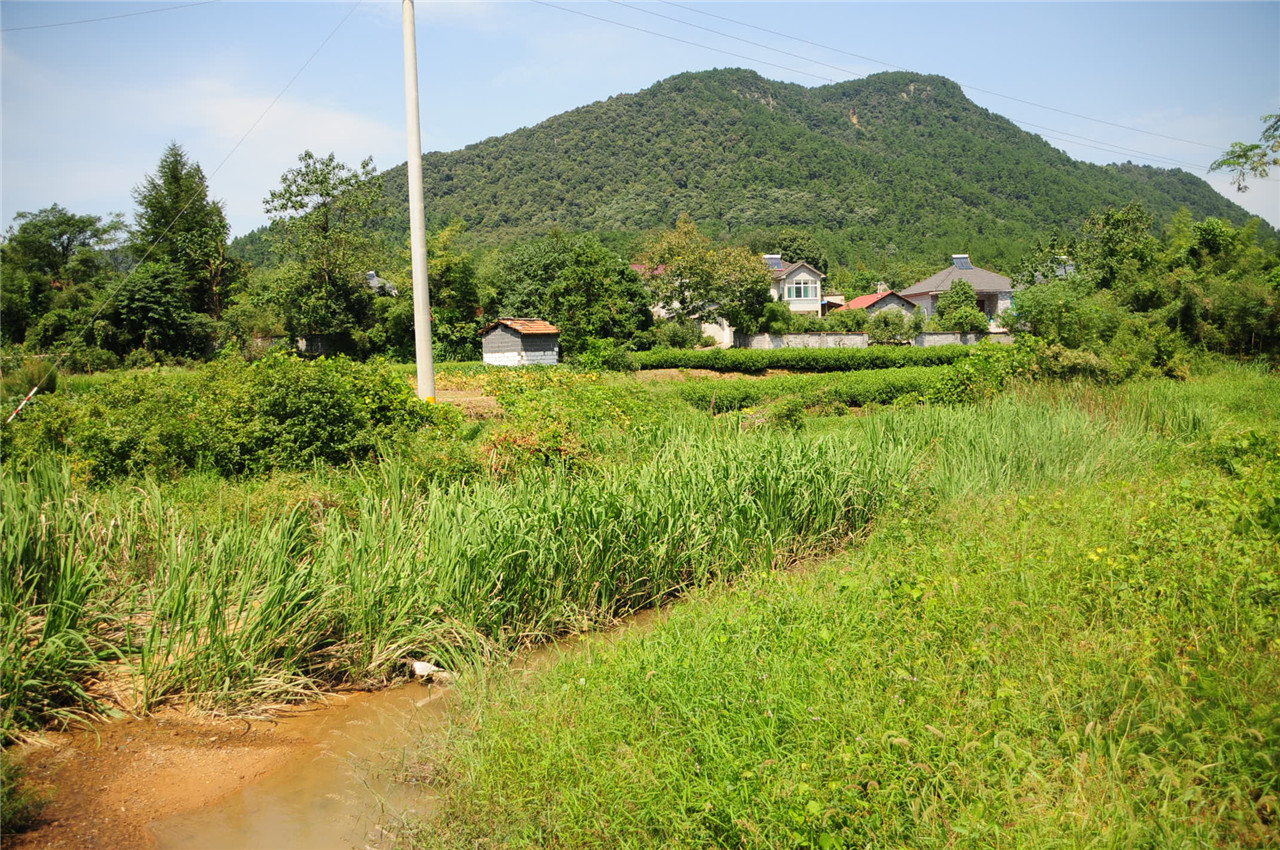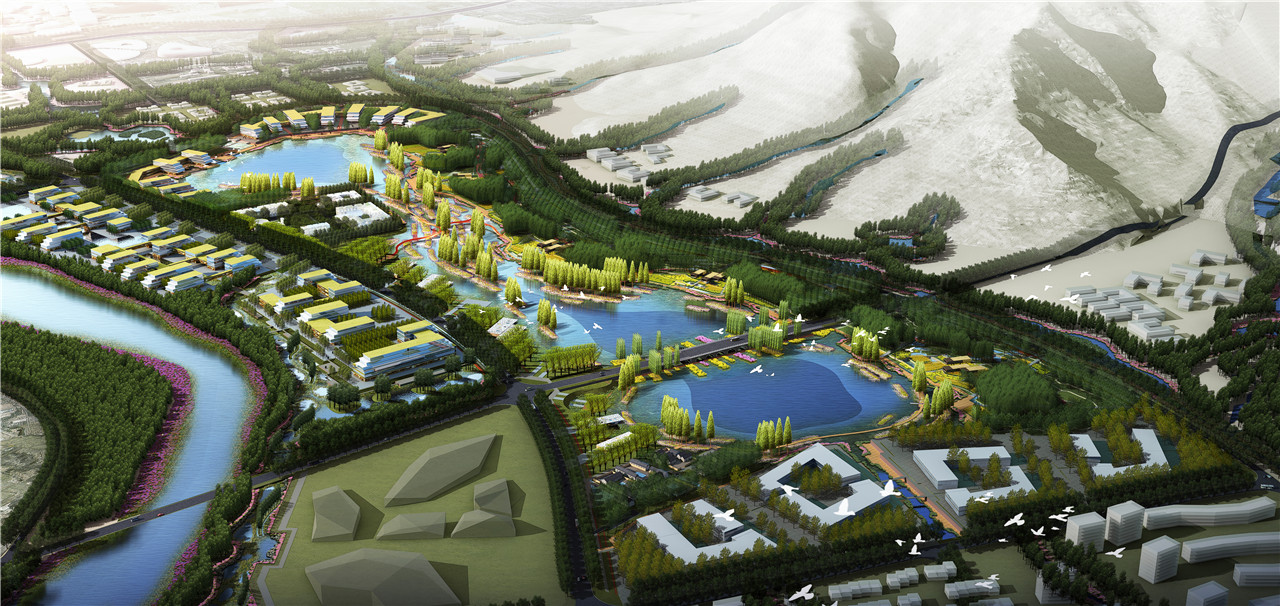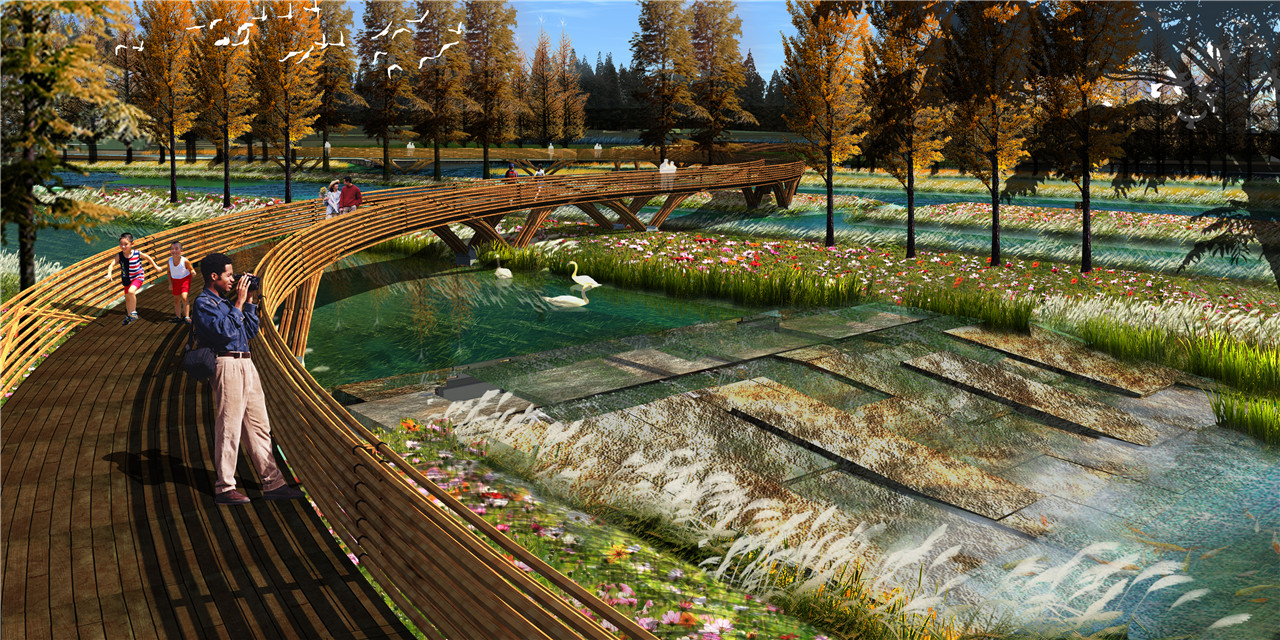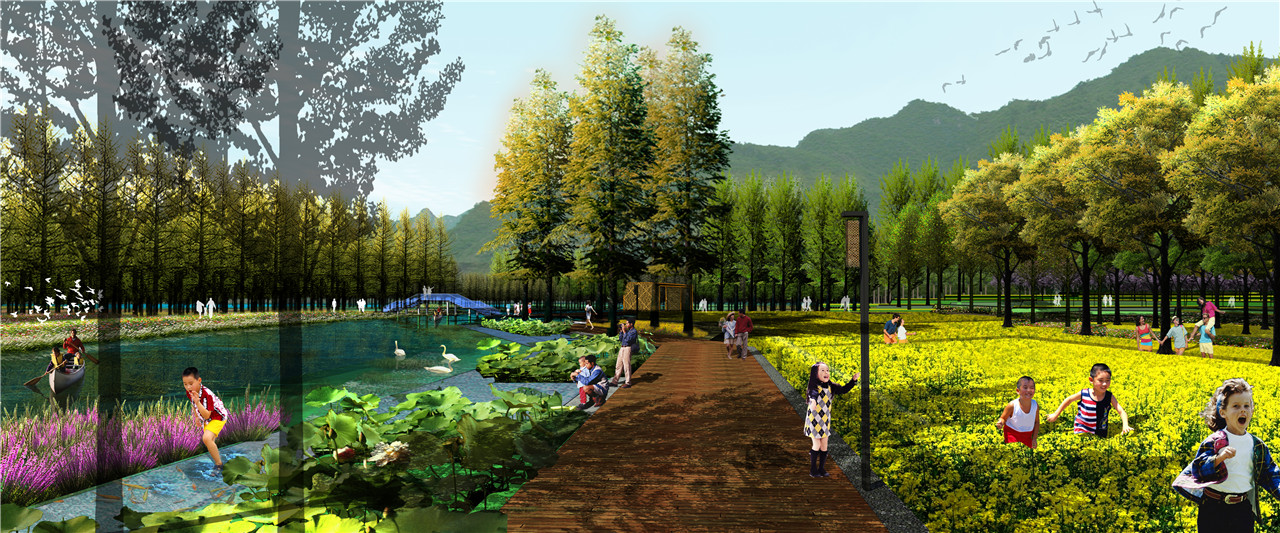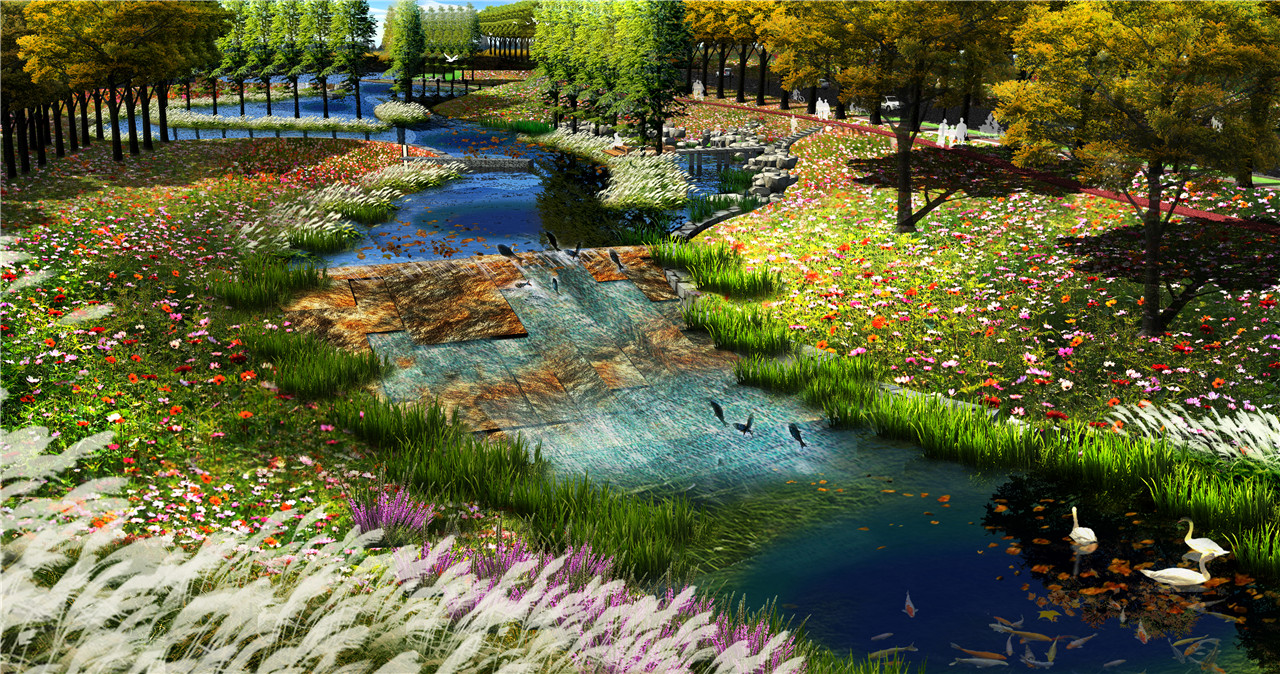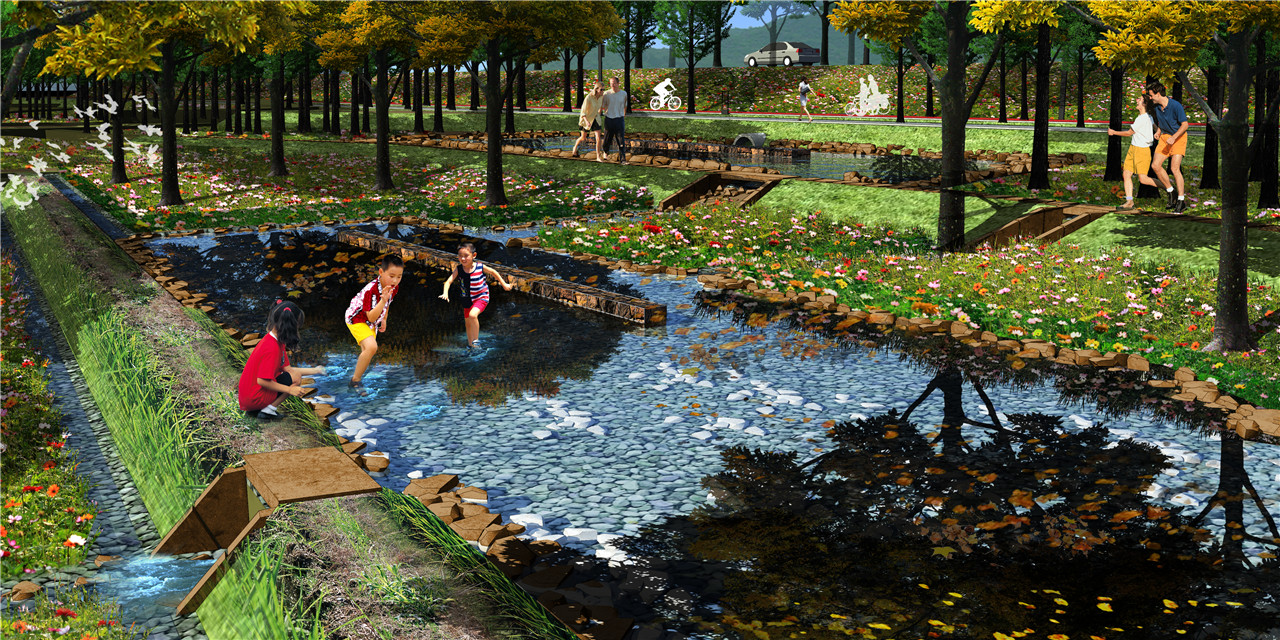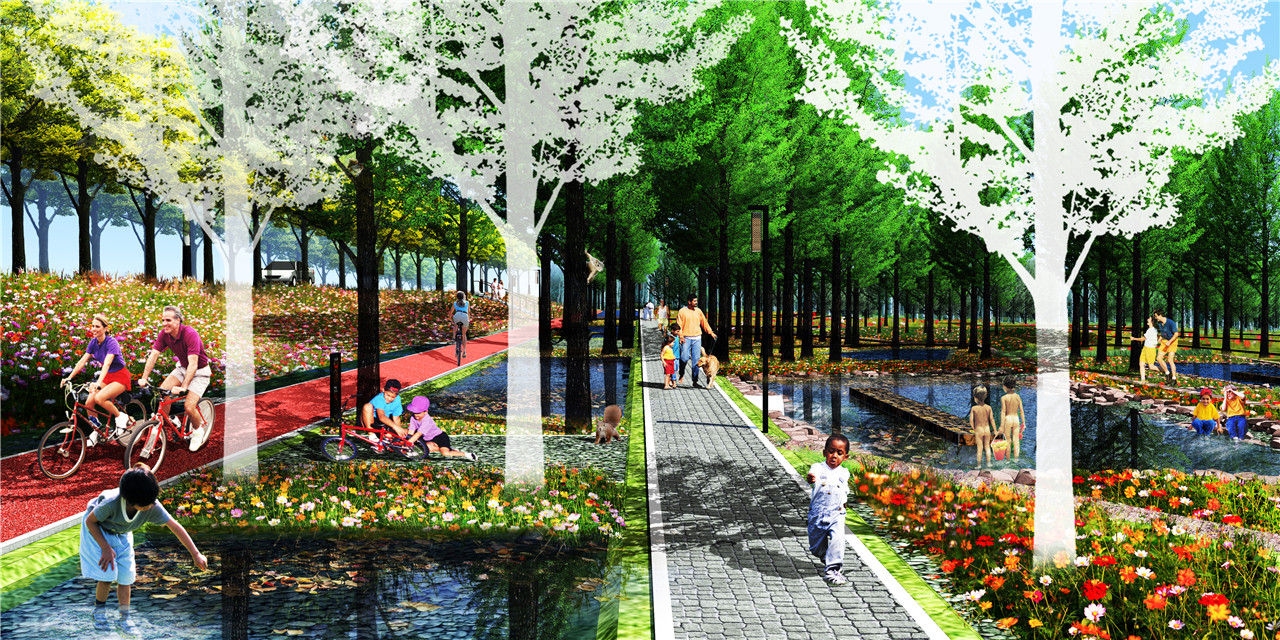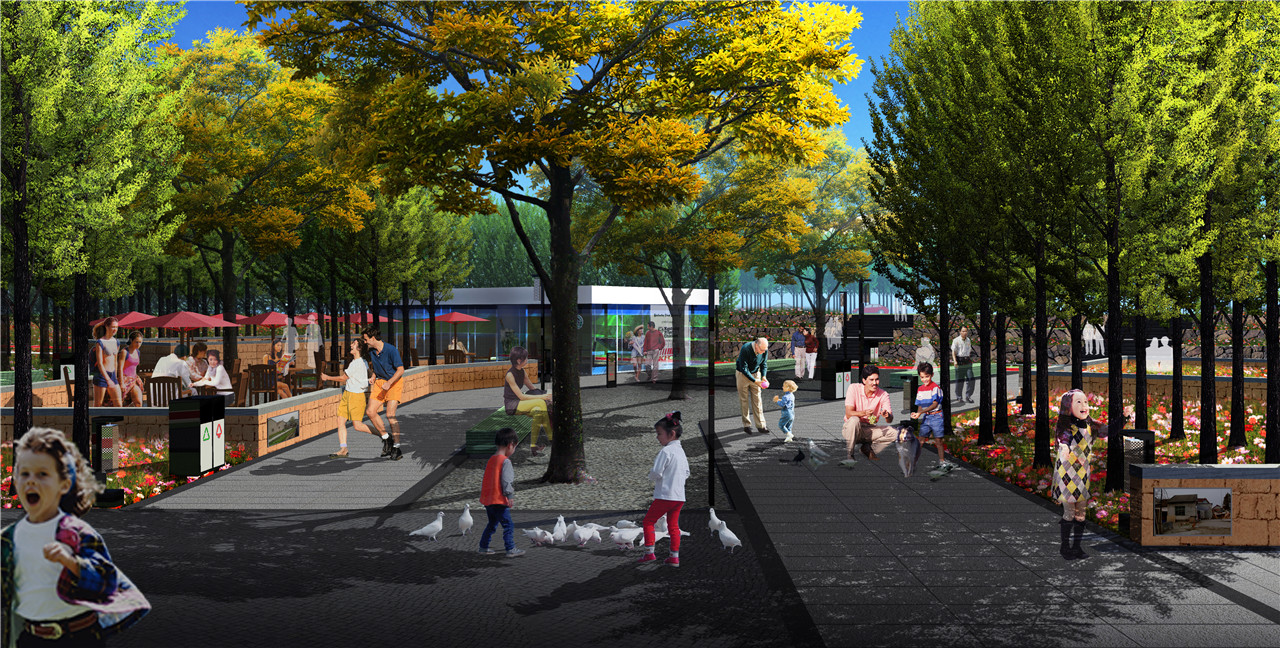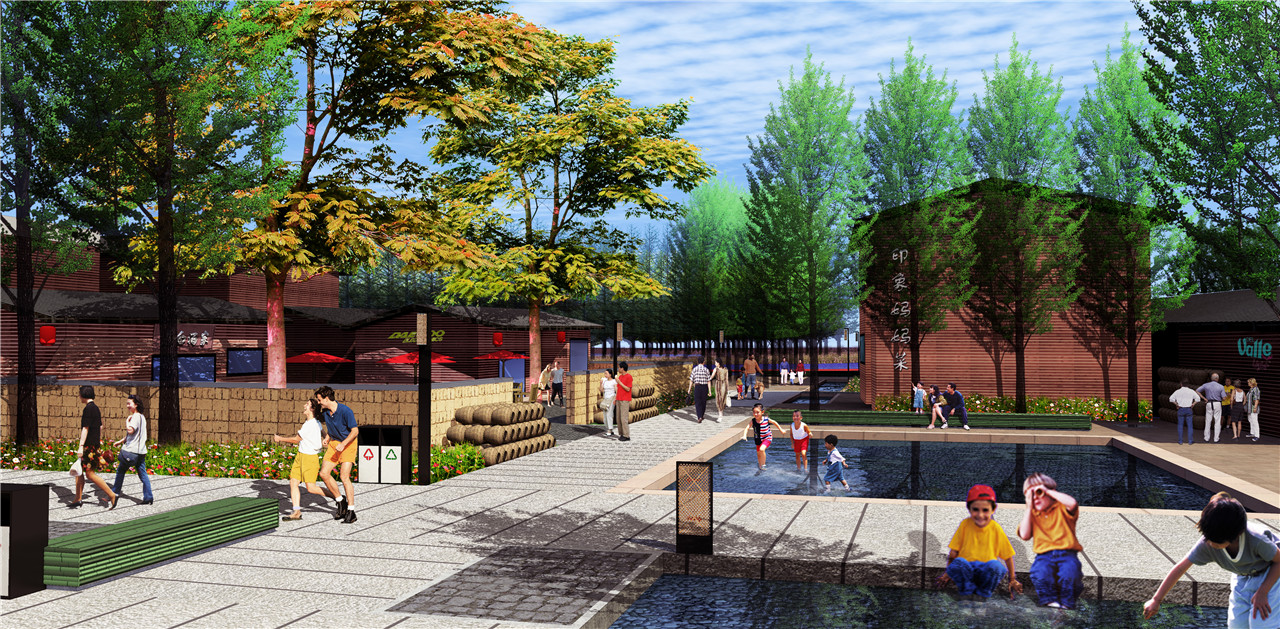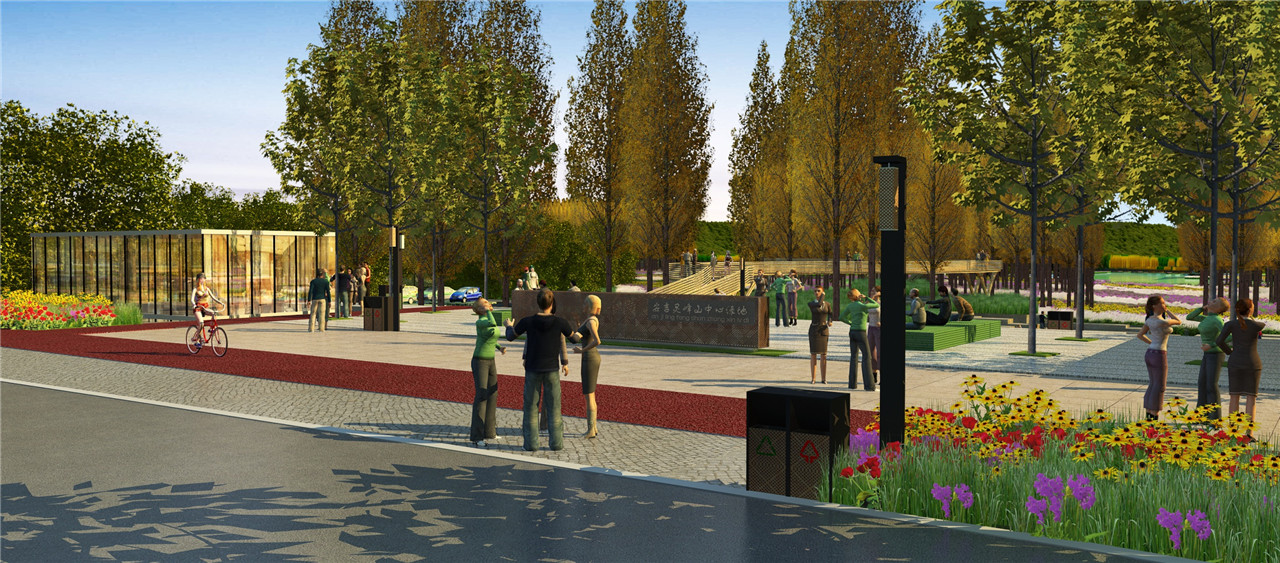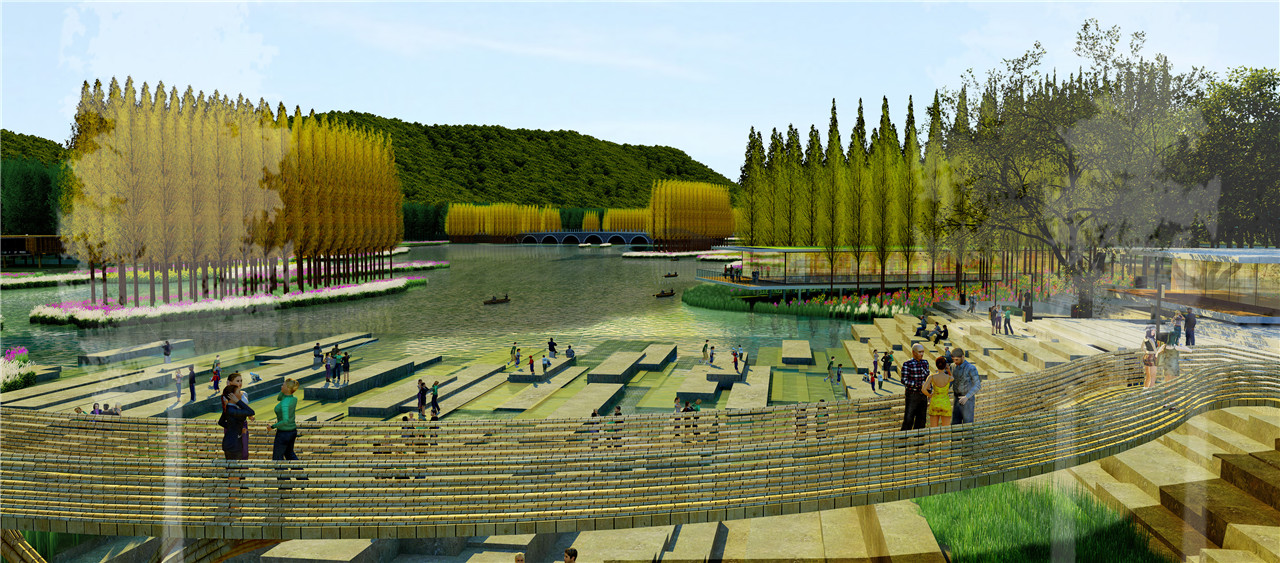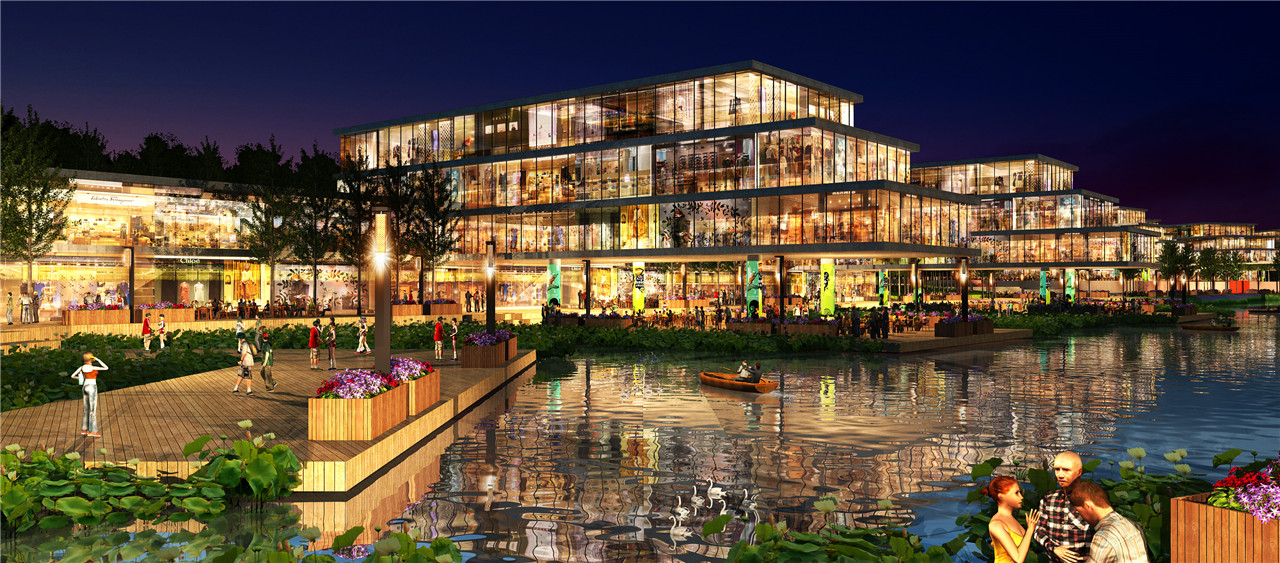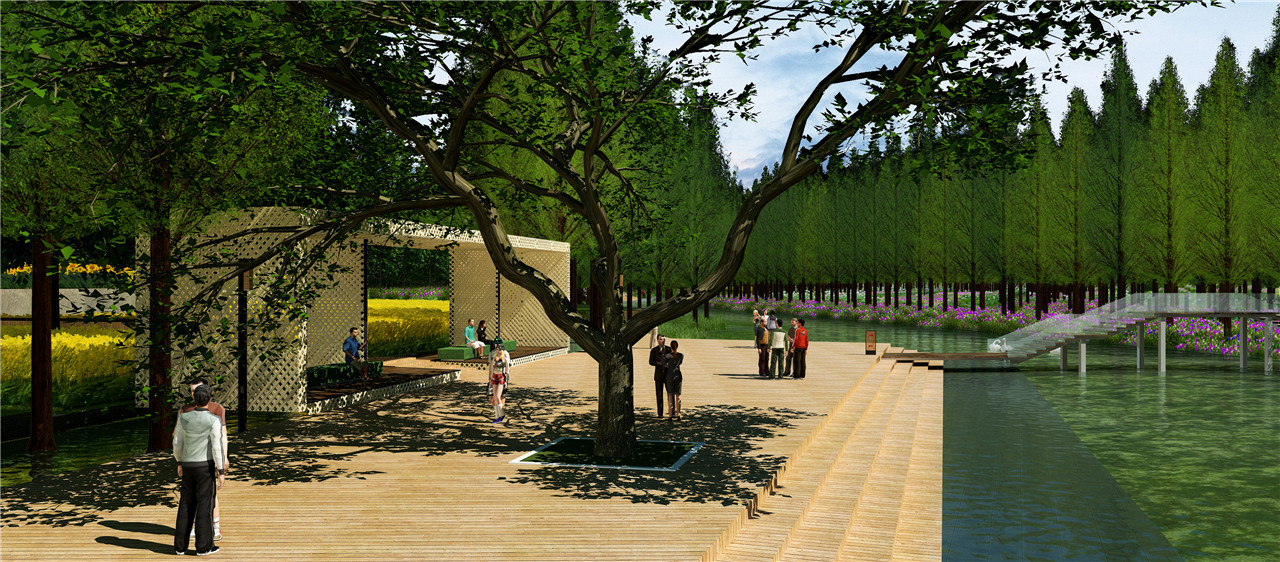Zhejiang Huzhou Anji Lingfeng Central Lake
Project Information
- Project Location:
- China Huzhou, Zhejiang
- Project Scale:
- 56.4 Hectares
- Client:
- Anji Tourism Development General Company
Project Profile
1. Project Statement
Anji is located in the heart of the Yangtze River Delta, in Huzhou City, Zhejiang Province. It borders Zhejiang’s Changxing County, Wuxing District of Huzhou City, Deqing County, Yuhang District of Hangzhou City, Lin’an City, and Anhui’s Ningguo County and Guangde County. This project focuses on the central green space of the Lingfeng Mountain Resort area, located east of Lingfeng Mountain and west of Xu Creek.
Using GIS analysis, the project identifies the ecological safety patterns of the eastern area, which are crucial for flood and drought regulation and biodiversity in the Lingfeng tourism area. The analysis defines suitable and unsuitable areas for construction. The project uses these insights to plan an overall ecological safety framework for the eastern district of the Lingfeng Tourism Resort.
The design for the Lingfeng Tourism Resort River and Central Lake area applies the "ecological sponge" concept to manage floods and droughts in the hilly city. The green spaces act like a sponge, absorbing water during rain and storing it during droughts, creating a flexible reservoir system. The design respects the existing site, optimizes resources, and incorporates local cultural features in key structures, meeting both citizen and tourist needs for recreation.
2. Objective and Challenge
- Address Flooding in Mountainous Cities: Traditional flood control methods focus only on flood prevention, which can lead to water pollution. This plan reduces water flow speed and controls water at its mountain source, calming dangerous floods.
- Solve Drought Problems in Mountainous Cities: Preserve water sources and replenish groundwater.
Planning Concepts
- Use the "anti-planning" concept to guide the resort’s spatial development. Analyze forest, bamboo, fields, and water to identify protected areas and landscape corridors, directing urban construction.
- Introduce the concept of "slow living" to create a unique tourism experience for the resort.
3. Design Strategy
Based on the site’s spatial background and natural resources, the design divides the area into three main sections:
- Nature and Leisure Zone: Located on the western side near Lingfeng Mountain Scenic Area, this zone provides urban green space for relaxation. It preserves existing terraces, adds trees, and integrates crop fields to create scenic forest belts and flower fields.
- Flood Storage and Recreation Zone: Centrally located, this zone supports flood storage, water preservation, and recreational activities. Features include a scenic lake, bald cypress islands, flower islands, walkways, bridges, and weirs. The structure includes three sedimentation areas, two aeration weirs, and filtration zones for water purification.
- Urban Leisure Zone: Located near Airport Road on the west, this zone caters to recreation, play, and shopping. It features a waterfront commercial plaza, a peninsula lotus garden, and a dining area. Facilities include bicycle paths along Airport Road and waterfront walkways.
4. Conclusion
The site serves as an urban ecological flood control green space with leisure and recreation functions. It leverages a good ecological environment, ancient Lingfeng Temple, and the Bamboo Museum to focus on spiritual tourism. The goal is to develop Lingfeng Resort into a leading destination in the Yangtze River Delta, combining tourism, leisure, conferences, and exhibitions.
